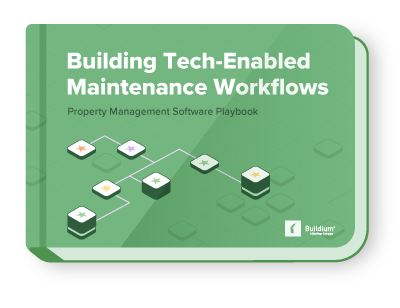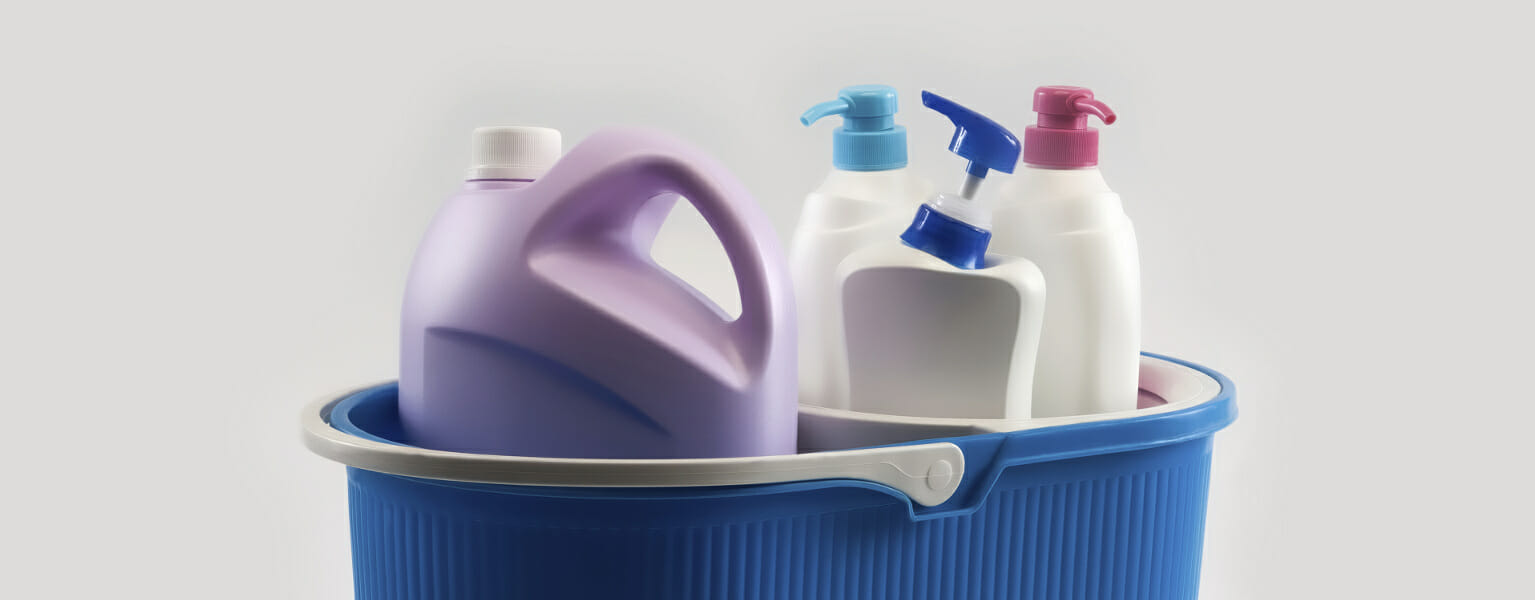Owning and managing property requires regular capital improvements to ensure everything remains intact and that staff and occupants are fully protected. But have you also thought through the nitty-gritty maintenance chores that make the building shine and run smoothly to attract and keep tenants?
The two main decisions you’ll have to make are how often you will tend to required property maintenance services, and whether you absorb the costs—or pass them along to tenants through extra charges or via rent increases.
We spoke with Chad Dewald, vice president of Franklin Street in Tampa, Florida, who shared his company’s seven keys to overseeing routine upkeep and preventative maintenance. His firm manages mostly larger buildings in South Florida, but the seven key components of his team’s preventative maintenance plan can be adapted to any size building or price point.
Hire the Right Staff
If you own or manage multiple properties, you may have the budget to hire a maintenance director, but be careful if your portfolio ranges across a large geographic area. In those cases, it may be wiser to subcontract certain functions to property maintenance services that operate where your buildings are located.
If you manage a single small building, though, it’s unlikely you can afford to have a full-time maintenance staff member who sits and waits for problems to arise. In those cases, subcontract the work on an as-needed basis. Or, in other cases you may be able to handle the work yourself. (Developing some basic mechanical know-how can save you a lot of money in the long run as a property manager.)
Be Meticulous About Trash Pickup
There are two main options, according to Dewald. The traditional method is to set a large dumpster or dumpsters in the corner of a parking lot or at the back of a building if there’s no lot. This will be the most sanitary solution and environmentally safe, and it will keep your site looking its best at all times. Tenants can bring their trash out daily or as needed.
The second option is to hire a valet trash removal service. These companies provide residents with discreet receptacles outside their front doors and pick up the trash on a pre-determined schedule.
This second strategy relies on tenants to cooperate and act responsibly. What you have to make clear is that if they miss scheduled pick up times, their trash will remain in the open until the next pickup day, which can result in an unsightly, unsanitary, and foul-smelling mess.
Who pays for this valet service? Dewald’s company has found that most tenants are willing to pay for it, usually as part of a monthly charge that includes utilities like water, sewer, and gas.
Keep Hallways & Other Common Areas Spotless
This is another routine that Dewald’s company has its maintenance crew handle since tenants expect shared spaces to look their best. Keeping them in prime condition falls under the category of regular, required building upkeep, along with pressure-washing façades, tending to outdoor areas when leaves fall or snow piles up, and cleaning gutters, downspouts, roofs, and so on.
This kind of upkeep and its associated costs are more than worthwhile for the owners of the building to absorb because it leads to better curb appeal, fewer accidents, and lowered liability risks.
Make the Building Pest-Free
This is yet another task that Dewald’s company has found essential to provide: a safe, clean, healthy, and pest-free environment for tenants. And it’s inexpensive for buildings to afford, he says, pegging the average monthly cost at $1.25 to $1.50 per unit.
When problems arise, his company’s contracts with property maintenance service providers require them to return when needed, with the building again picking up the tab instead of the tenants. The exception, Dewald says, are fleas and bedbugs. “Eliminating either is expensive and time-consuming, and it’s a cost we’ve found we have to pass on to the tenants who were responsible,” he says.
Balance Durability & Aesthetics
Owners and property managers need to build into their budgets the cost of repainting walls, adding new counters or repairing existing ones, and fixing floors before new tenants move in, along with other similar improvements, Dewald says. How much these jobs cost will depend in part on tenant turnover. His company finds its annual turnover hovers between 30 and 40 percent.
In many cases, Dewald says his staff can repair a chipped countertop without replacing it by using an epoxy finish. The same goes for cracked linoleum flooring installed in squares or rectangles rather than in one big roll, which would have to be totally replaced. Carpeting can often be dyed nowadays rather than replaced, and even wood-style flooring can be repaired in smaller areas when planks or smaller squares or rectangles are used.
When repairs are necessary due to damage caused by tenants, Dewald’s company passes the cost along to them, whether it’s a chipped countertop, damage to drywall, or a broken window or door screen. But his firm tries to maximize the value on these items by balancing durability with aesthetics.
“The improvements need to be justified by the increased rents they will create. If you can’t bump rents by installing granite, don’t install granite,” Dewald advises.
Repair & Replace Appliances
Regular repairs due to age or malfunctions are also typically handled and paid for by the building owners. Dewald’s company budgets for appliances to last six years or so. Costs are passed on to tenants when they’ve misused equipment, although he says, “It can often be tough to prove.”
Efficiently Log & Respond to Work Orders
Have a good system in place for tenants to log requests and problems, and make sure to respond quickly. Have an answering service pick up when you’re unavailable, share your email address, or add a drop box where they can leave notes about repairs. Even better, use property management or maintenance work order software that enables tenants to log maintenance requests using apps on their smartphones, tablets, or computers.
Finally, aim to get the job done within 48 hours. How much of the maintenance costs you absorb or share and how quickly you get back to tenants regarding their requests are two matters many tenants view just as important as carrying out the repairs.
The reason is simple, Dewald says: “Tenants want to know that you’ve heard them.”
What is your best advice when it comes to delivering property maintenance services? Share your tips in the comment section below.
Read more on Maintenance

